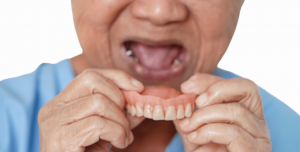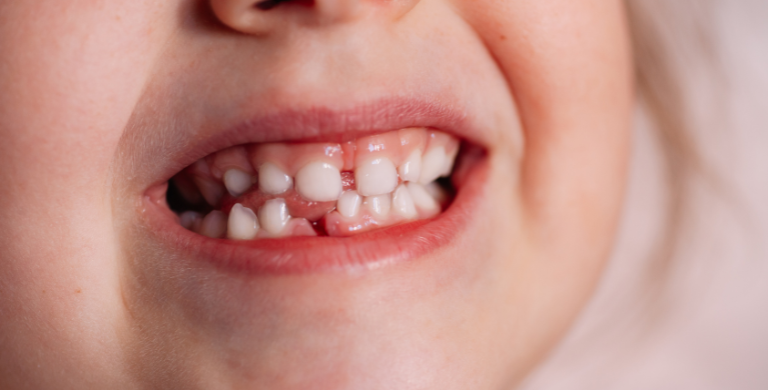Dental health is a crucial aspect of overall well-being, and issues concerning oral hygiene should never be overlooked.
While numerous individuals associate dental procedures with discomfort, modern dentistry has made remarkable advancements in delivering painless and efficient treatments to safeguard teeth. One such procedure is pulpotomy, a technique designed to salvage a damaged tooth by addressing issues within the pulp chamber. While often associated with paediatric dentistry, a pulpotomy can be necessary for patients of all ages in certain situations.
Understanding the Pulp
To grasp the essence of a pulpotomy, it’s imperative to comprehend the tooth’s anatomy. Every tooth comprises several layers: enamel, dentin, and pulp. The pulp, nestled in the tooth’s core, houses nerves, blood vessels, and connective tissues. Initially pivotal during tooth development, the pulp diminishes in importance once the tooth matures. However, inflammation or infection of the pulp can result in agonising discomfort and jeopardise the tooth’s viability.
What is a Pulpotomy?
Literally, “pulpotomy” translates to “to cut the pulp.” However, in dentistry, a pulpotomy refers to the entire procedure, including filling the space where the pulp was removed with a particular medication.
A pulpotomy is a dental procedure to preserve the vitality of the dental pulp within a tooth’s crown portion. When the pulp becomes infected or inflamed due to deep decay or trauma, a pulpotomy may be recommended to save the tooth and alleviate discomfort.
The Pulpotomy Procedure
During a pulpotomy, the dentist first administers local anaesthesia to ensure the patient’s comfort throughout the procedure. Then, the decayed or infected portion of the pulp tissue is removed from the tooth’s crown while leaving the pulp’s vital portion intact.
After removing the affected tissue, the dentist disinfects the remaining pulp and applies a medicated material to promote healing and prevent further infection. Finally, the tooth is typically restored with a filling material to seal the pulp chamber and prevent bacteria from re-entering.
What are the Benefits of Pulpotomy?
Preservation of Tooth Structure: One of the primary benefits of pulpotomy is its ability to preserve the tooth’s natural structure. By removing only the affected portion of the pulp, the dentist can retain the functional integrity of the tooth, preventing the need for extraction.
Pain Relief: Pulpotomy alleviates the pain and discomfort associated with pulp inflammation or infection. By removing the diseased tissue and sealing the pulp chamber, patients experience dental pain and sensitivity relief.
Prevention of Further Complications: Left untreated, dental pulp infections can lead to more severe complications, such as abscess formation or spread of disease to surrounding tissues. Pulpotomy helps prevent these complications by addressing the underlying issue and promoting healing.
Why Paediatric Pulpotomies Are Essential
Pulpotomies primarily target children when decay or infection infiltrates the pulp of a primary (baby) tooth. Despite their eventual replacement by permanent teeth, preserving primary teeth holds paramount importance for several reasons:
Functionality: Primary teeth act as placeholders for permanent ones. Premature loss of primary teeth can disrupt the alignment of permanent teeth, precipitating orthodontic issues.
Chewing and Speech Development: Healthy primary teeth are fundamental for children’s proper chewing and speech development.
Infection Prevention: Untreated, an infected primary tooth can give rise to abscesses or the dissemination of infection to other body regions.
Aftercare Following Pulpotomy
After undergoing a pulpotomy, patients should follow specific guidelines to ensure proper healing and maintain oral health:
Practice Good Oral Hygiene: Brushing twice daily and flossing regularly helps prevent plaque and bacteria buildup, reducing the risk of future dental problems.
Avoid Hard or Sticky Foods: To prevent dislodging the filling material or causing damage to the treated tooth, patients should avoid chewing on hard or sticky foods immediately following the procedure.
Attend Follow-Up Appointments: Regular follow-up appointments with the dentist are essential to monitor the healing progress and address any concerns or complications that may arise.
Report Any Discomfort: While mild discomfort or sensitivity is expected immediately following the procedure, patients should promptly report any persistent pain or swelling to their dentist.
The Effectiveness of Pulpotomy
Pulpotomy procedures typically yield high success rates, with most children encountering minimal discomfort during and after the treatment. The tooth can maintain standard functionality until it naturally falls out, facilitating the healthy development of the permanent tooth underneath.
In conclusion, pulpotomy is a valuable dental procedure that helps preserve natural teeth and alleviate pulp inflammation or infection pain. Patients can take proactive steps to maintain optimal oral health and prevent future dental problems by understanding the procedure, benefits, and aftercare guidelines.
Should you have any inquiries or apprehensions, addressing them with your dentist is crucial. They are equipped to provide answers and support to help you feel more at ease with the prospect of the procedure.
If you believe you may benefit from a pulpotomy, consult with your dentist to explore your treatment options and ensure the health and longevity of your smile.
Sources












